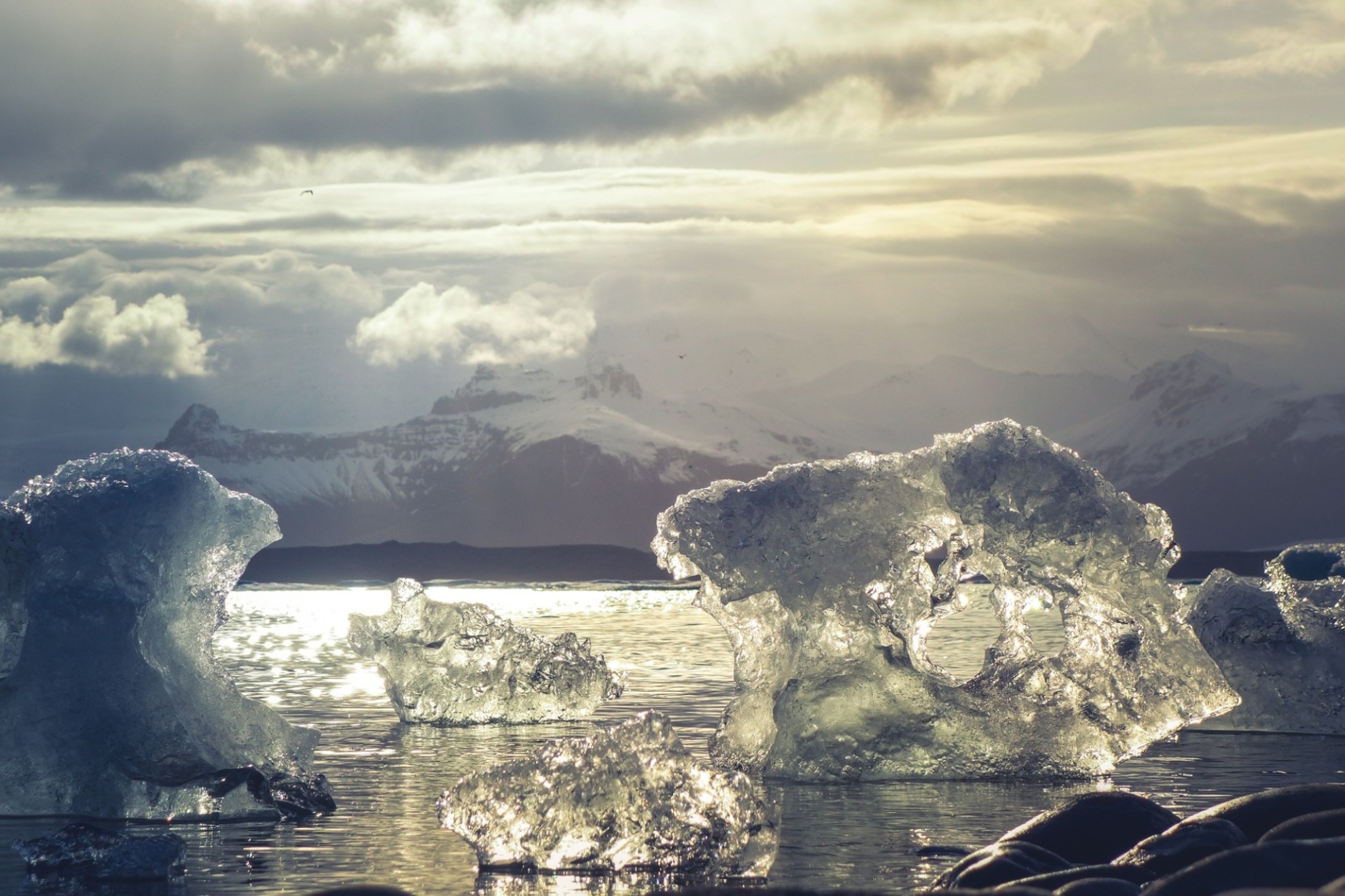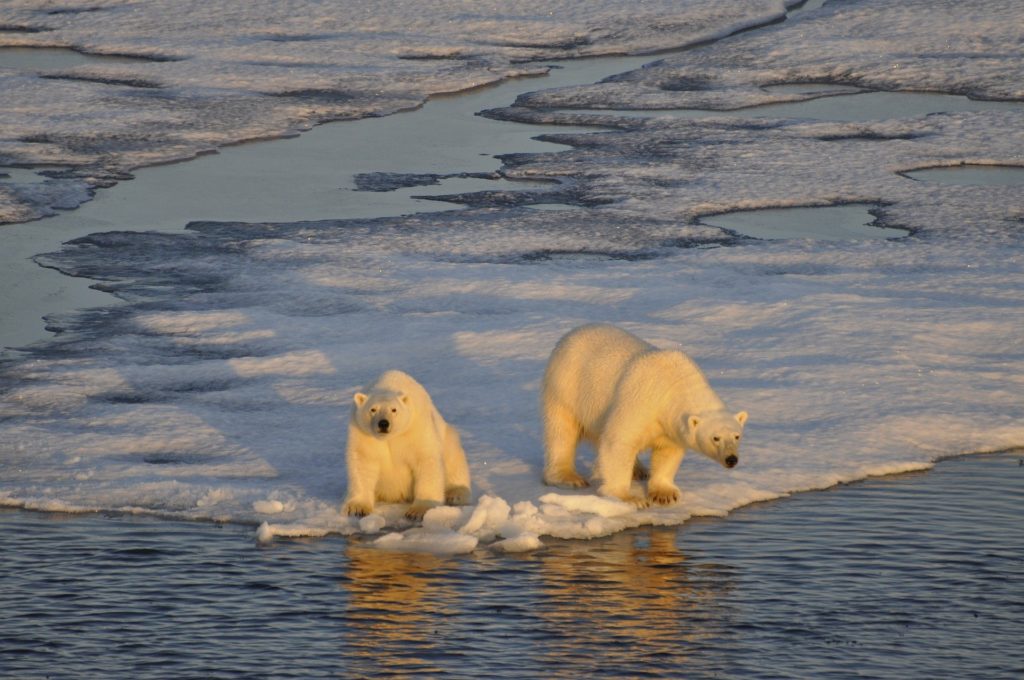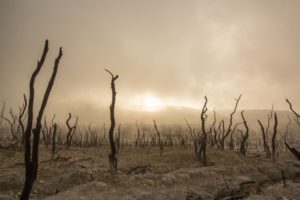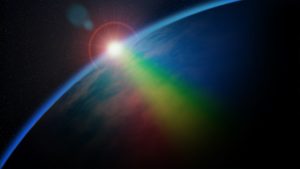
The Importance of Sea Ice: Humanities Failure
We have been told countless times the horror of ice caps, icebergs and ice sheets melting, and many of us associate this with the depletion of polar bears and other arctic animals, but there is so much more than meets the eye. This article will run through the ways in which the loss of arctic ice impacts everyone and everything.
Considering the ‘Ice’ in ‘Crisis’
Many of us choose to brush climate change under the carpet. You could give humans a 100 years to save the planet and we would leave it to the last year, or less. However, climate change impacts everyone now, thus large-scale changes need to be made now. We lose arctic ice at an astonishing rate of around 13% per decade. Over the past 3 decades, the oldest and thickest ice in the Arctic has declined by 95%.
If we are so against uncertainty and fear change, why are we not protecting that in which we cling on to: security in the future, when it will be our children and grandchildren that will be subjected to the unknown consequences of climate change?
Why is ice loss such a major issue?
Negatively Impacts Global Temperatures
First of all, the melting of sea ice affects global temperatures. The arctic and the Antarctic act as the world’s cooler; snow and ice reflects heat back into the atmosphere which balances out parts of the world that absorb heat. If there is less ice, less heat is being reflected leading to more intense and frequent heat waves across the globe, in addition to more bitter winters.
In turn, more unpredictable weather patterns will occur across the world, creating significant damage to crops on which humanity depends upon. This will lead to higher costs for food, but more importantly, it will hugely impact those who are in poverty and in other crises.

Increases Hazardous Shipping
Not only does the melting of sea ice affect the climate, as a result of ice melting, new shipping routes are opening up. These are tempting time-savers since they are shorter and more direct routes, yet considerably more dangerous leading to more shipwrecks and oil spills, significantly affecting wildlife in a detrimental way.

Detrimental to Wildlife
Various animal species depend on sea ice. Seals and penguins depend on ice for shelter away from predators and polar bears depend on them to hunt, as is the circle of life.
Many polar animals seek refuge to more habitable areas leading to more human contact as they move to more urban areas. This poses a threat to animals that are seen as a threat and are therefore killed.
Many species are already dwindling in numbers due to habitat loss, so the effect of humans causing further decline in numbers can lead to extinction. All species serve a purpose in our ecosystem, so without them, many ecosystems would cease to exist.



